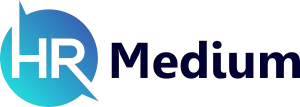A key component that drives business success is how effectively a firm hires candidates. Relying solely on resumes and interviews can be limit the talent pool. On the other hand, a cognitive ability test provides a data-driven approach to assessing a candidate’s problem-solving, critical thinking, and decision-making skills.
How can incorporating these tests into your hiring process help you identify top talent more effectively?
Also Read: Why HR Leaders Should Prioritize Mobile-First Microlearning
Discover how to improve your hiring process with a cognitive ability test.
These tests are a powerful tool every HR professional should incorporate into their hiring process. Let’s find out a bit more about them.
What Is a Cognitive Ability Test
A cognitive ability test measures an individual’s intellectual skills, including reasoning, memory, numerical aptitude, and verbal comprehension.
These tests evaluate how quickly and accurately a candidate can process information, solve problems, and adapt to new challenges—key qualities for any role.
5 Reasons Why Every Hiring Process Is Incomplete Without It
Here are some reasons how this test helps your firm secure the ideal candidate.
1. Predicts Job Performance
Research shows that a cognitive ability test is one of the best predictors of job success. Candidates with strong cognitive skills tend to learn faster, make informed decisions, and handle complex tasks more efficiently.
2. Reduces Hiring Bias
Traditional hiring methods can be influenced by unconscious biases. A cognitive ability test offers an objective evaluation, ensuring candidates are assessed based on their skills rather than subjective factors.
3. Saves Time and Resources
Screening resumes and conducting multiple interviews can be time-consuming. A cognitive ability test helps narrow down the candidate pool quickly, allowing hiring managers to focus on the most qualified individuals.
4. Identifies High-Potential Candidates
Some candidates may not have extensive experience but possess strong problem-solving and learning abilities. A cognitive ability test helps uncover these hidden talents, ensuring you don’t overlook potential top performers.
5. Enhances Team Productivity
Hiring employees with strong cognitive abilities leads to a more efficient workforce. Employees who excel in critical thinking and problem-solving contribute to better collaboration, innovation, and overall team success.
Conclusion
A cognitive ability test is a powerful tool for identifying the ideal candidate. By assessing key intellectual skills, businesses can improve hiring accuracy, reduce bias, and build a high-performing workforce.
Incorporating cognitive testing into your recruitment strategy ensures you hire smarter and more efficiently.













